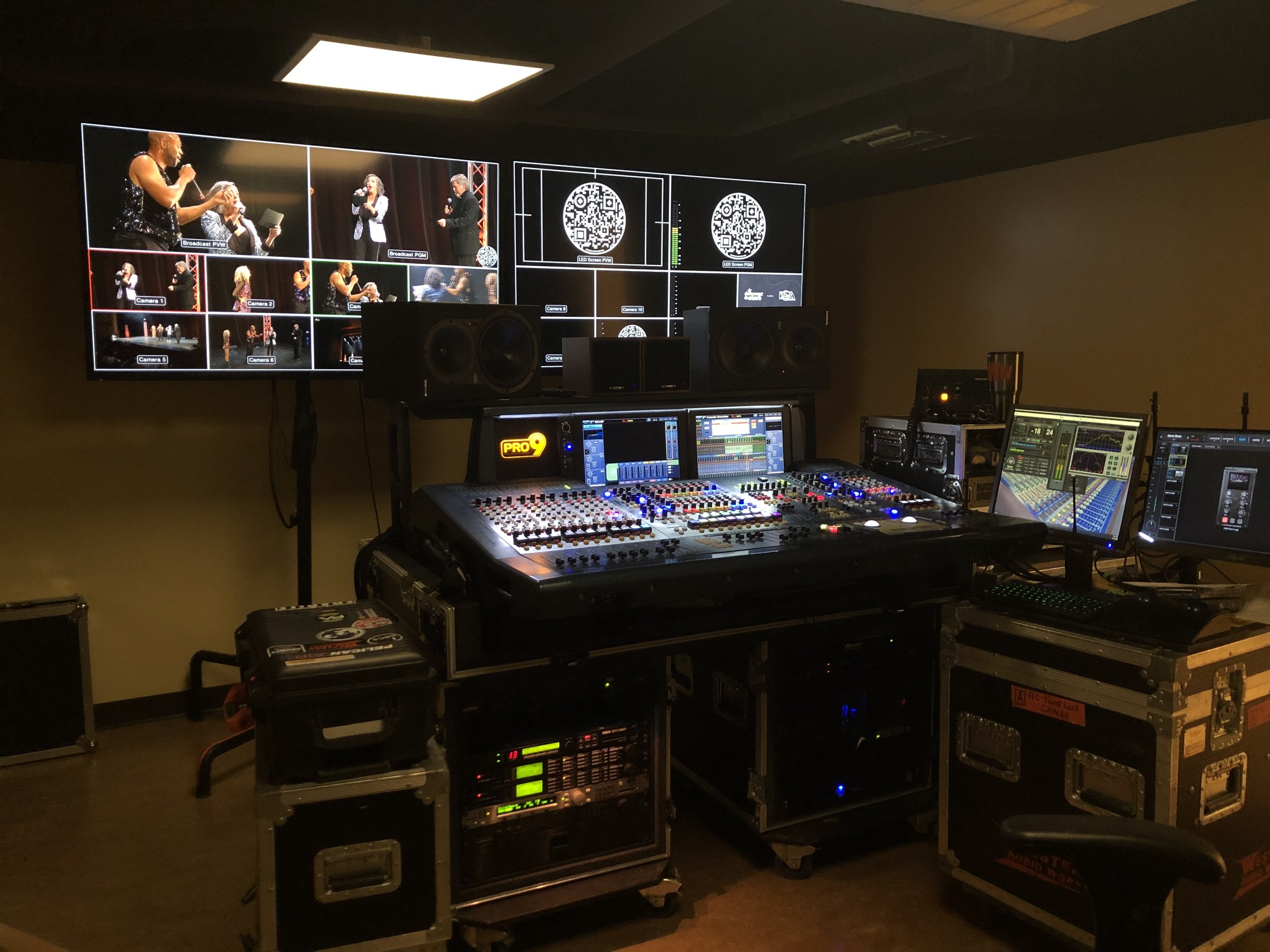Harmonizing Legacy Platforms with Cutting-Edge Sound Networking Solutions to achieve Enhanced Efficiency as well as Flexibility.
Within the current fast-paced landscape of sound technologies, the requirement to improve performance and adaptability in audio systems is more crucial than ever. Many organizations and venues still depend on outdated systems, which are older technologies that may fail to have the features of modern devices. Nevertheless, harmonizing these legacy systems with state-of-the-art sound networking solutions can lead to substantial enhancements. Audio communication allows for better interconnectivity between devices, making it simpler to manage and manage audio throughout different spaces.
One of the primary benefits of combining legacy technologies with contemporary audio communication is increased adaptability. Traditional audio technologies often involve complicated wiring and restricted routing options. With sound networking solutions like Dante or AVB, audio signals can be transmitted over conventional Ethernet cables. This implies that users can readily link multiple units without the need for extensive reconfiguration. Whether within a performance hall, a educational auditorium, or a corporate function, this flexibility allows for rapid adjustments and changes to the audio setup without major delays.
Performance is a further major factor that enhances when older systems are modernized with current networking solutions. Legacy systems may have difficulty to deliver high-quality sound, particularly in larger spaces or in challenging occasions. By adopting audio communication, entities can take advantage of sophisticated capabilities such as low latency, timing, and digital signal management. These advancements help ensure that audio is clear and uniform, improving the overall experience for listeners and artists alike. This transition can create a noticeable difference in how audio is experienced in various environments.
Moreover, integrating outdated systems with modern solutions can lead to financial savings in the long term. Although upgrading to novel devices may require an initial cost, the efficiency gained through sound communication can lower maintenance costs and decrease the requirement for ongoing repairs. Additionally, connected technologies often need less tangible room than traditional setups, which can save on property expenses in venues. Organizations can allocate resources better effectively, using the savings they save to invest in other critical fields.
Lastly, training staff on the method to operate integrated systems becomes easier with sound networking. Many contemporary sound networking platforms come with user-friendly controls and remote control features. This indicates that even those who may lack significant technical knowledge can be trained to operate and operate the audio solutions effectively. Educational initiatives can be developed around these solutions, enabling staff to manage and diagnose systems with assurance. By combining the old with this post the modern, entities can create a more capable and skilled workforce, ultimately leading to improved audio experiences for all concerned.